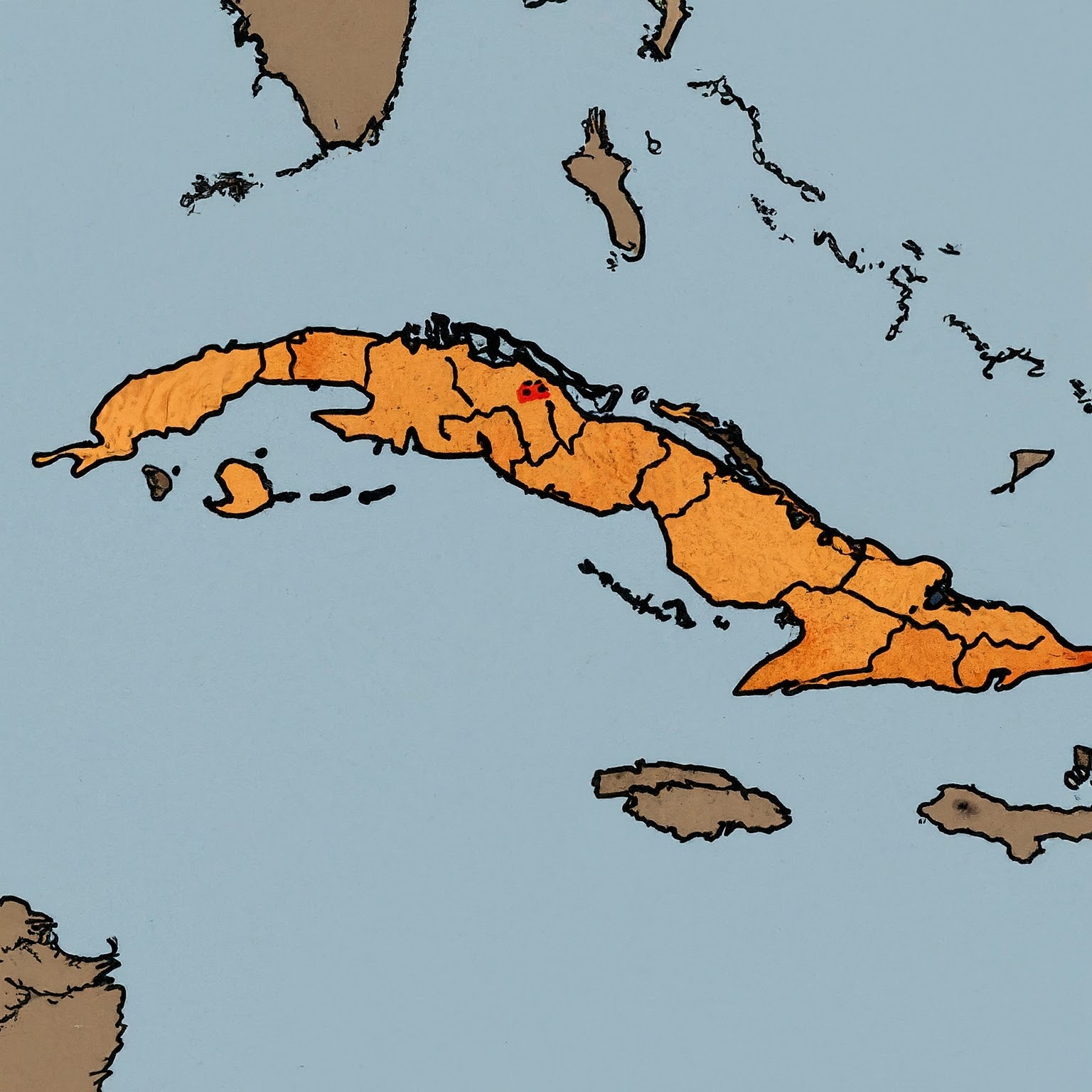The 900 area code, a unique identifier in the North American Numbering Plan (NANP), has a storied and often controversial history. Unlike traditional area codes associated with specific geographic locations, the 900 area code is designated for premium-rate services, often referred to as “pay-per-call” services.

Historical Context
Introduced in the 1980s, the 900 area code quickly gained popularity for a wide range of services, including entertainment, information, and even psychic hotlines. It provided a convenient way for businesses and individuals to offer paid content or services over the phone.
However, the 900 area code also became associated with controversial and sometimes exploitative practices. Some companies used deceptive advertising and misleading billing practices to lure consumers into expensive calls. The most notorious examples included adult entertainment and chat lines, which often charged exorbitant rates, leading to numerous complaints and consumer dissatisfaction.
Regulatory Intervention
Due to the growing concerns about consumer protection and potential fraud, the Federal Communications Commission (FCC) stepped in and implemented stricter regulations for 900 numbers in the 1990s. These regulations included requiring clear disclosure of rates, establishing billing restrictions, and prohibiting certain types of content.
The Decline of the 900 Area Code
The FCC’s regulations had a significant impact on the use of 900 numbers, leading to a sharp decline in their popularity. Many businesses abandoned the 900 area code due to the increased scrutiny and restrictions, while consumers became more cautious of calling such numbers.
Current Usage and Legacy
While the 900 area code is no longer as prevalent as it once was, it is still used today for certain services, such as technical support hotlines, psychic readings, and some adult entertainment lines. However, the use of these services has significantly diminished compared to their peak in the 1980s and early 1990s.
The 900 area code remains a reminder of a unique chapter in telecommunications history. It serves as a cautionary tale about the potential for misuse of technology and the importance of consumer protection. Despite its controversial past, the 900 area code has left a lasting legacy in the telecommunications industry, shaping the way premium-rate services are regulated and offered to consumers today.
Conclusion
The 900 area code, once a thriving hub of information and entertainment, has now become a niche market with limited use. Its history serves as a valuable lesson about the importance of transparency, ethical business practices, and consumer awareness in the ever-evolving world of telecommunications.
لا تعليق